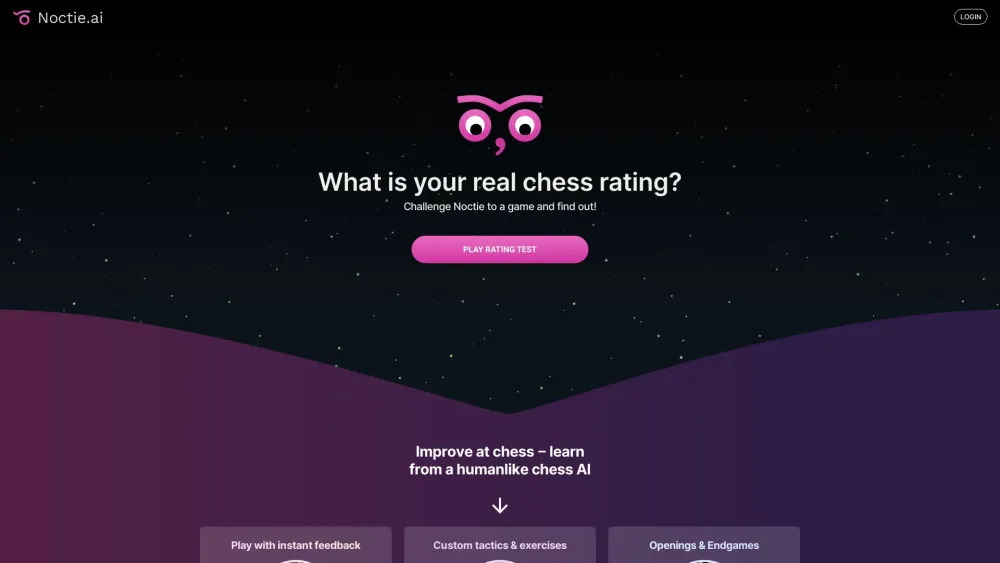Databricks, a rapidly expanding enterprise software company, has launched DBRX, a groundbreaking open-source artificial intelligence model that aims to redefine efficiency and performance standards in AI.
With 132 billion parameters, DBRX surpasses leading open-source models like Llama 2-70B and Mixtral in critical areas such as language understanding, programming ability, and mathematical proficiency.
While it may not match the sheer capabilities of OpenAI’s GPT-4, Databricks executives emphasize that DBRX serves as a more efficient and cost-effective alternative to GPT-3.5.
“We’re thrilled to introduce DBRX to the world and advance open-source AI,” stated Ali Ghodsi, CEO of Databricks, during a recent press event. “While models like GPT-4 are excellent general-purpose tools, our focus lies in creating custom models tailored to deeply understand our clients' proprietary data. DBRX exemplifies our commitment to this mission.”
DBRX demonstrates superior performance on benchmark tests for language understanding (MMLU), programming (Human Eval), and math (GSM 8K). Though it hasn't surpassed GPT-4, it marks a significant improvement over the commonly used GPT-3.5.
A significant feature of DBRX is its innovative "mixture-of-experts" architecture. Rather than using all parameters for each word generation like its competitors, DBRX employs 16 expert sub-models, activating only four relevant experts for each token. This design optimizes performance by utilizing just 36 billion parameters at any time, resulting in faster and more cost-efficient operations.
The Mosaic team, a research group acquired by Databricks last year, pioneered this approach based on their previous Mega-MoE initiatives. “The Mosaic team has honed their ability to efficiently train foundational AI models,” Ghodsi said. “We can produce high-quality AI models quickly—DBRX took around two months and cost approximately $10 million.”
By open-sourcing DBRX, Databricks aims to position itself as a leader in advanced AI research while promoting wider adoption of its innovative architecture. This release is also in line with Databricks’ primary focus on building and hosting custom AI models tailored to client-specific datasets.
Today, many Databricks customers still depend on models like OpenAI's GPT-3.5. However, using third-party models for sensitive corporate data raises security concerns. “Our clients trust us with regulated data across global jurisdictions,” Ghodsi noted. “As their data is already with Databricks, DBRX offers them advanced AI capabilities while ensuring data security.”
Although DBRX does not compete directly with GPT-4, it significantly outperforms GPT-3.5 in benchmarks for language understanding, programming, and math, positioning itself as a capable open-source alternative at a lower cost.
The DBRX launch occurs amid intensifying competition in the data and AI platform sector, with rivals like Snowflake introducing similar functionalities and major cloud providers enhancing their generative AI offerings.
By asserting its presence in high-level open-source research, Databricks seeks to establish itself as an AI leader and attract top data science talent. Furthermore, the release capitalizes on growing skepticism towards commercial AI models offered by major tech companies, which are perceived as opaque.
The real test for DBRX will be its adoption and the value it delivers to Databricks' customers. As businesses increasingly look to leverage AI while retaining control over their proprietary data, Databricks believes its unique combination of cutting-edge research and robust enterprise platforms will distinguish it from competitors.
With the introduction of DBRX, Databricks challenges both major tech firms and open-source competitors to match its innovative strides. As the AI landscape becomes more competitive, Databricks is poised to be a significant player.





